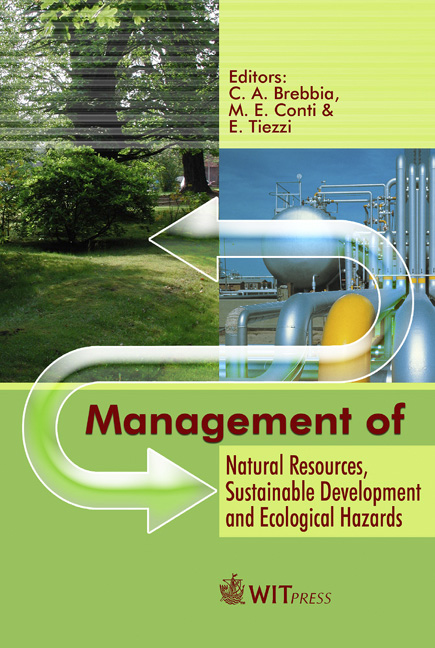The Management Of A Multi-purpose Reservoir
Price
Free (open access)
Transaction
Volume
99
Pages
11
Published
2006
Size
602 kb
Paper DOI
10.2495/RAV060551
Copyright
WIT Press
Author(s)
A. Turgeon
Abstract
This paper addresses the problem of determining the daily operating policy of a reservoir over a one-year period that satisfies conflicting objectives regarding hydropower generation, flood control, navigation, and recreational activities. This optimization problem is stochastic because streamflows are random and can be forecasted only a few days in advance. One of the difficulties involves taking streamflow persistence into account and, more specifically, the fact that there may be long periods of high and low flow. This is important because floods usually occur during long periods of high flow, while water shortages occur during long periods of low flow. The paper shows how to solve the problem with rule curves, Dynamic Programming, and simulation. Keywords: daily reservoir operation, multi criteria, stochastic optimization, rule curves, multi-lag autoregressive models. 1 Introduction This paper deals with the problem of determining the optimal daily operating policy of a multi-purpose reservoir over a one-year period. The problem is stochastic because the reservoir inflow is random and cannot be predicted long in advance. The difficulty in solving this problem stems from the fact that there are many competing objectives to meet and the daily inflow in usually correlated with the inflows from the preceding days. The objectives may involve water quality, the preservation of endangered species habitats, recreational activities, flood control, water supply, navigation and hydropower generation (Eschenbach et al. [1]). The multi-objective reservoir management problem has been the subject of several publications in the past. A list of these publications can be found in the survey papers of Yeh [2], Wurbs [3] and Labadie [4,5]. The paper by Cohon and
Keywords
daily reservoir operation, multi criteria, stochastic optimization, rule curves, multi-lag autoregressive models.





